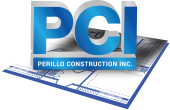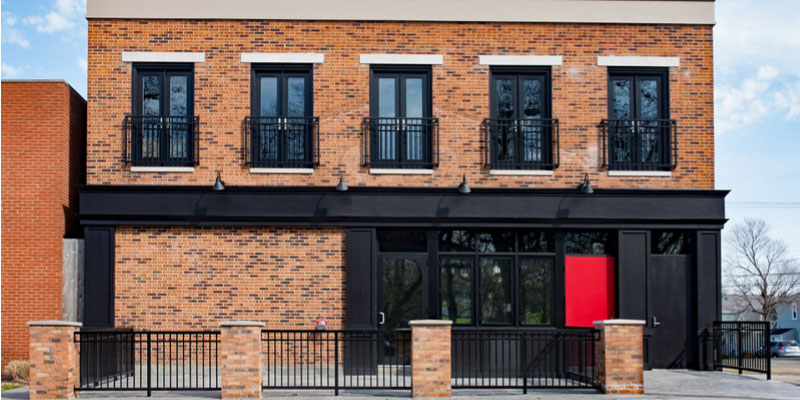If you are in search of business property to lease, you have likely heard terms like tenant improvements, build-outs, and leasehold improvements, included in your search for the perfect property. As a business person, you may have heard one or more of the terms but simply aren’t sure what the differences are, and no one has offered you an explanation.
The truth told, the terms tenant improvements (TI), build-outs, and leasehold improvements are basically the same when considering a commercial business lease. The only difference is the industry you are in or the vantage point from which you are looking. All these terms indicate improvement being performed in a commercial building to prepare it for an incoming tenant.
Often the term tenant improvements or TI is preferred by commercial real estate agents and possibly accountants, though they often prefer the term leasehold improvements. And among those in the construction industry, the preferred term is build-out. So regardless of what terminology is being used, here are some things you should know before you enter into a lease agreement for commercial property.
In some instances, tenant improvements can be negotiated with your lease. Don’t expect the owner to pay all the costs, especially if you are asking for considerable renovations. In any case, you will likely need to pay for some of the changes needed to get your business up and running. Many property owners will include painting and some minor aesthetic changes as part of the agreement, but should you need to upgrade electrical, HVAC (heating, ventilation, air conditioning), or plumbing for specialty equipment or IT changes or tear down or build walls, you’ll likely have to pay for the build-out costs. In rare cases, an owner may let you perform some of the work yourself if you have the expertise.
Tenant Improvements, Leasehold Improvements, and Build-Outs
Regardless of the term you prefer, these are structural changes need to make the leased commercial space meet the needs of your business. You may require a reception area where none exists, or individual offices, lighting upgrades, specialty rooms for IT or lab equipment, sound proofing for recordings, new flooring, walls torn down, walls put up, plumbing added, and the list goes on.
Your new landlord may take on some of the costs, provided they could help him lease the property in the future after you have moved on and in other instances all the costs may be yours. Keep in mind that any improvements are essentially business assets, attached to real property, and can be depreciated meaning you want to keep any information related to the cost for your tax advisor. To be eligible for this special treatment the work must be done by the landlord or you as the tenant, be completed in the tenant’s space while not impacting other tenants in the building, and the building must be in use for three years or more. As assets of your business, the work done is handled like every other asset in your business, except they cannot be sold, because they become part of the building.
A Common Problem with Leasehold Improvements
One of the most common problems regarding leasehold agreements is that many tenants spend too much on their leasehold improvements. In turn, this puts you as the tenant in a bind, because you cannot take those improvement with you when you move, making the cost unrecoverable.
As you prepare to make the needed tenant improvements, act wisely, and consult the experts (realtor, tax advisor, contractor) when you need assistance.

